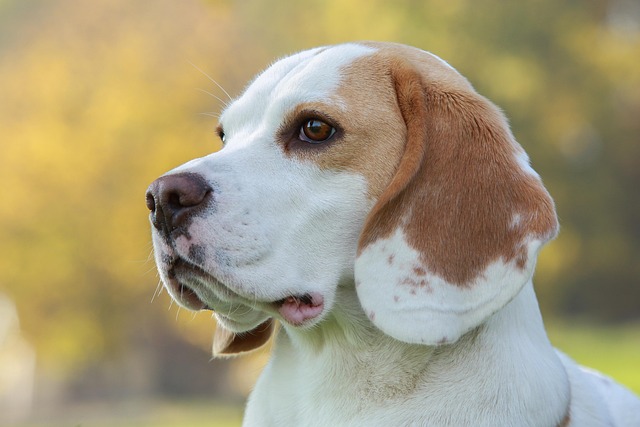
How to potty train a beagle?
Beagles are clever, curious, and blessed with a nose that can lead them astray faster than you can say “treat.” These traits make potty training a unique adventure—one that requires patience, consistency
Bringing home a fluffy new puppy is exciting, but those first weeks of house training can feel like navigating a minefield. Even well-meaning owners slip up, and those small mistakes can slow progress way down. One big no-no? Scolding or punishing your pup after they’ve had an accident. If you walk in and find a mess hours later, yelling or tapping their nose won’t teach them anything—they won’t connect the punishment to what they did hours ago. Worse, it might make them scared to go near you when they need to go, which only creates more hidden accidents. Remember, trust is everything here; fear will turn a tricky process into a months-long struggle.
Rushing the process is another common misstep. Some owners think their puppy should “just get it” after a week, but young pups have tiny bladders and short attention spans. Skipping regular potty breaks—first thing in the morning, after meals, playtime, and naps—sets them up to fail. It’s not about being strict; it’s about meeting their needs. If you’re out all day, arranging for someone to let them out or using a properly sized playpen with a designated potty area can save both of you frustration. Cutting corners here often leads to more accidents, which only makes house training take longer.
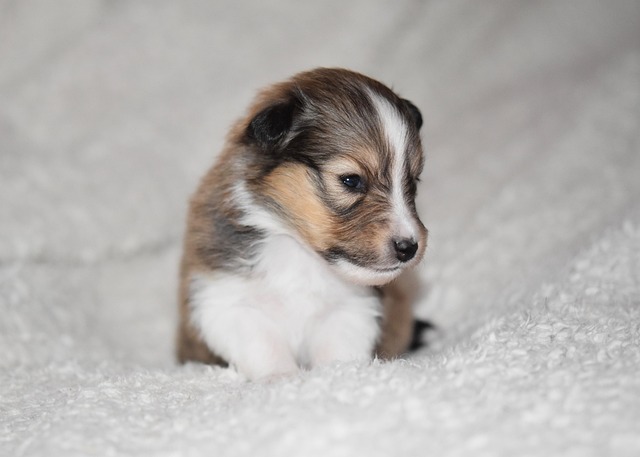 Ignoring their signals is easy to do when you’re busy, but those little cues—sniffing the floor, circling, or sudden restlessness—are your puppy’s way of saying they need to go. If you miss those hints and they end up going inside, it’s not their fault. Instead of sighing and cleaning up, try to tune in more closely. Carrying them straight to their potty spot when you see those signs helps them learn where it’s okay to go. Over time, they’ll start associating that area with relief, which is key to consistent house training.
Ignoring their signals is easy to do when you’re busy, but those little cues—sniffing the floor, circling, or sudden restlessness—are your puppy’s way of saying they need to go. If you miss those hints and they end up going inside, it’s not their fault. Instead of sighing and cleaning up, try to tune in more closely. Carrying them straight to their potty spot when you see those signs helps them learn where it’s okay to go. Over time, they’ll start associating that area with relief, which is key to consistent house training.
You might also think that keeping them confined to a crate all day will prevent accidents, but that’s a mistake too. Puppies need space to move, explore, and stretch their legs—locking them up for hours on end isn’t just unfair; it can lead to anxiety. A crate should be a safe space, not a punishment, and leaving them in there longer than they can hold it (usually no more than a few hours for young pups) will result in them soiling their bed. That creates a cycle where they get used to being dirty, making house training even harder to fix.
Skimping on cleanup is one of the most overlooked errors. Using regular household cleaners might mask the smell to you, but dogs have noses that can detect even faint traces of urine or feces. If they catch that scent again, they’ll think, “This is where I go,” and repeat the accident. Grab an enzymatic cleaner made for pet messes—these break down the odor at the source, so your pup won’t be drawn back to the same spot. It’s a small step, but it makes a huge difference in reinforcing good habits.
House training a puppy takes time, patience, and a lot of forgiveness—for them and for yourself. The goal isn’t perfection; it’s progress. By avoiding these missteps, you’ll build a routine that works for both of you, turning those early struggles into a strong bond. Before you know it, those accidents will be a distant memory, and you’ll wonder why you ever stressed so much.

Beagles are clever, curious, and blessed with a nose that can lead them astray faster than you can say “treat.” These traits make potty training a unique adventure—one that requires patience, consistency
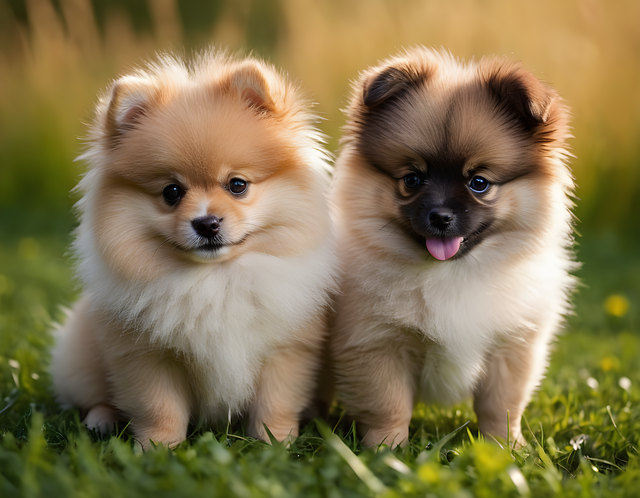
Dogs rely on scent and routine to decide where to relieve themselves, but getting them to stick to a single spot can save you from endless carpet cleanups or awkward neighbor chats.
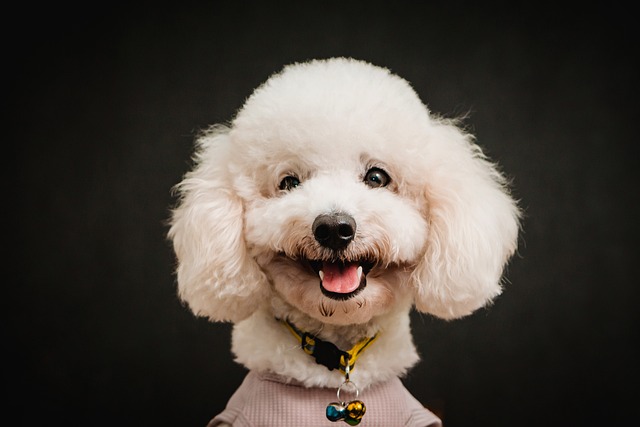
Potty training a teacup poodle isn’t a race, but most owners want a rough timeline. These tiny pups, weighing just 4-6 pounds when full grown, have unique challenges—their small bladders mean they can’t hold it as long as larger breeds.

You’ve just welcomed that adorable Golden Retriever puppy into your Brooklyn apartment, only to discover your hands now resemble Swiss cheese
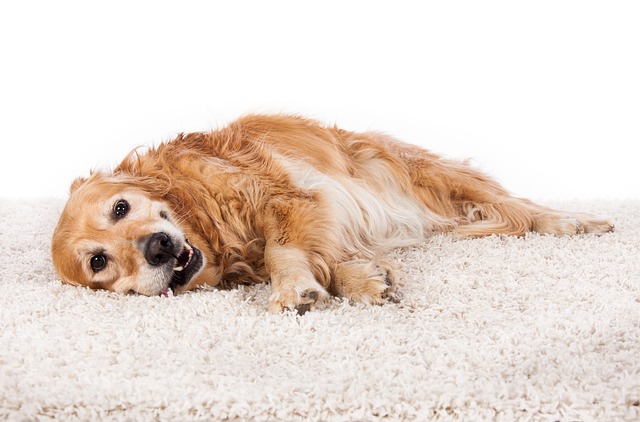
That heart-pounding moment when your rescue terrier snaps at the delivery driver’s ankle, or your puppy’s playful mouthing leaves scratches on your toddler’s hand – it’s terrifying.
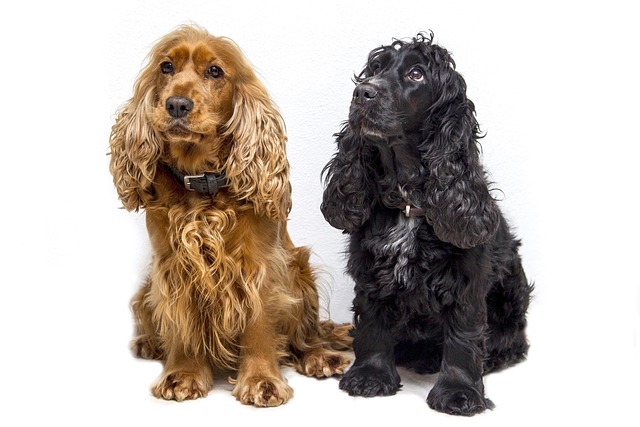
Cocker Spaniel’s wagging tail and eager eyes make them a joy to be around—but that same enthusiasm can turn into a problem when they dart after a passing cyclist or vanish into a bush.